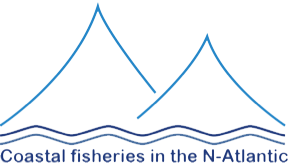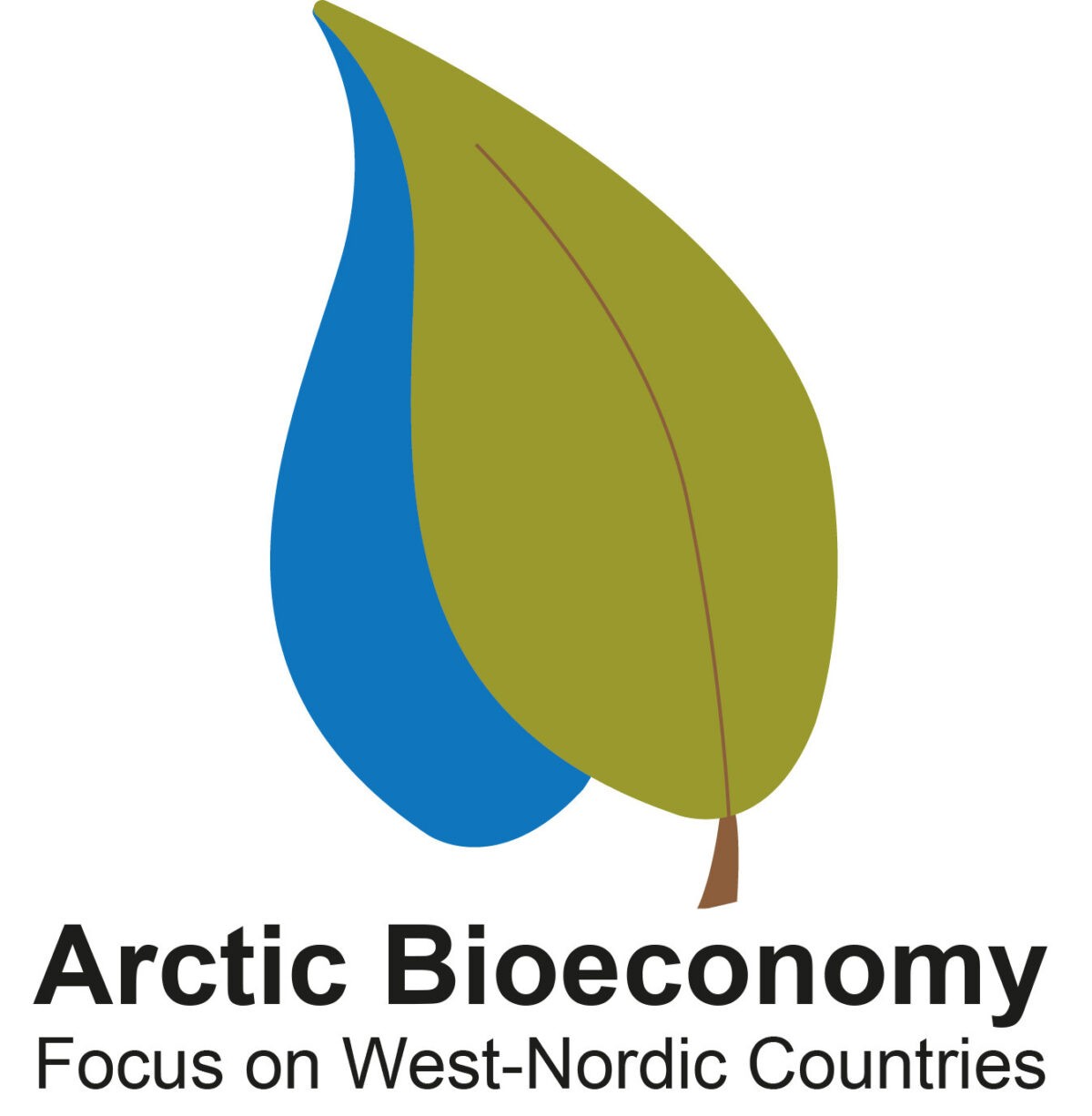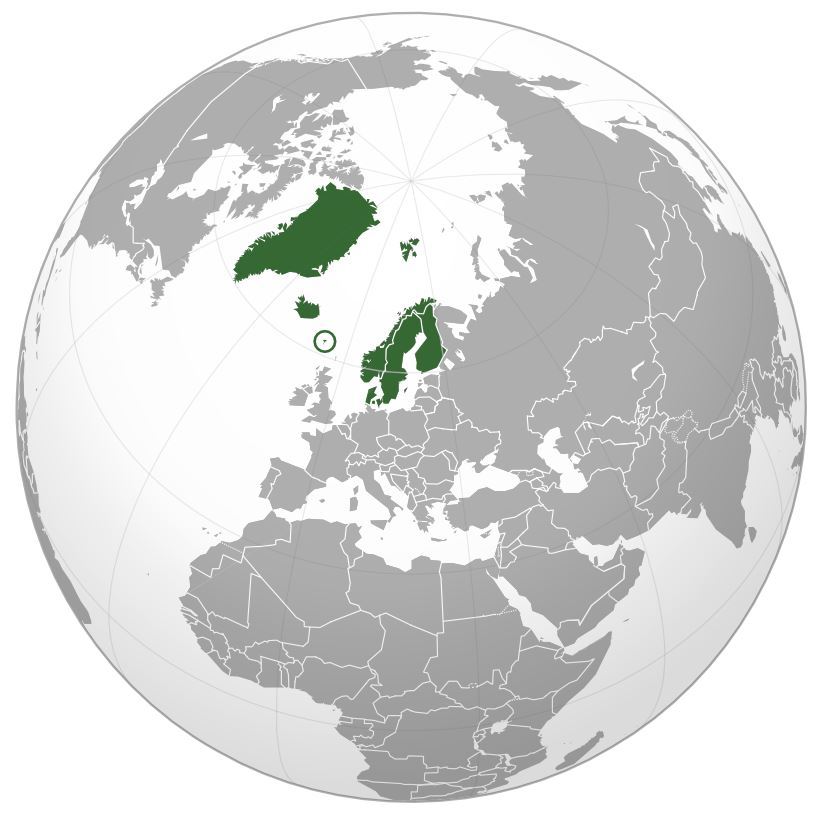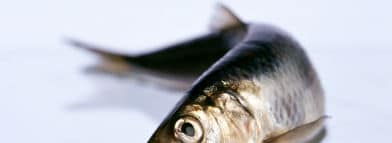On 21 October, the Food Administration hosted a Nordic conference on traceability in the food industry. The conference was part of the events related to the Icelandic Presidency of the Nordic Council of Ministers in 2014 and was attended by a number of parties in the Nordic food control sector.
Conference on traceability in the food industry
Matís' representatives spoke at the meeting, where they discussed the opportunities involved in using traceability to increase the value of seafood. The presentation can be accessed on the website of the Food Administration here.
In addition to the presentation by Matís' representatives, there were five other speakers with interesting presentations, i.e.
- Kris de Smet from the European Union discussed the traceability, safety and origin of food industries
- Karen Bar Yacow from the European Union discussed traceability and fraud in the food industry
- Kyösti Siponen from Evira in Finland discussed traceability in the meat industry
- Erlendur Stefánsson from HB Grandi discussed traceability in the fishing industry
At the end of each lecture, there was a discussion on the topic where interesting facts and further information were presented.
Further information Jónas R. Viðarsson at Matís.

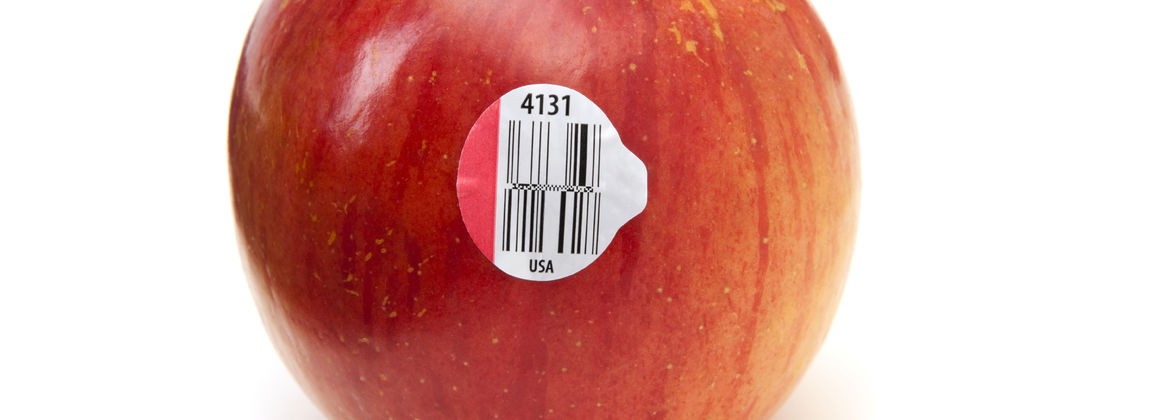
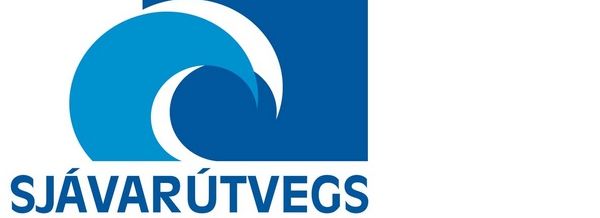
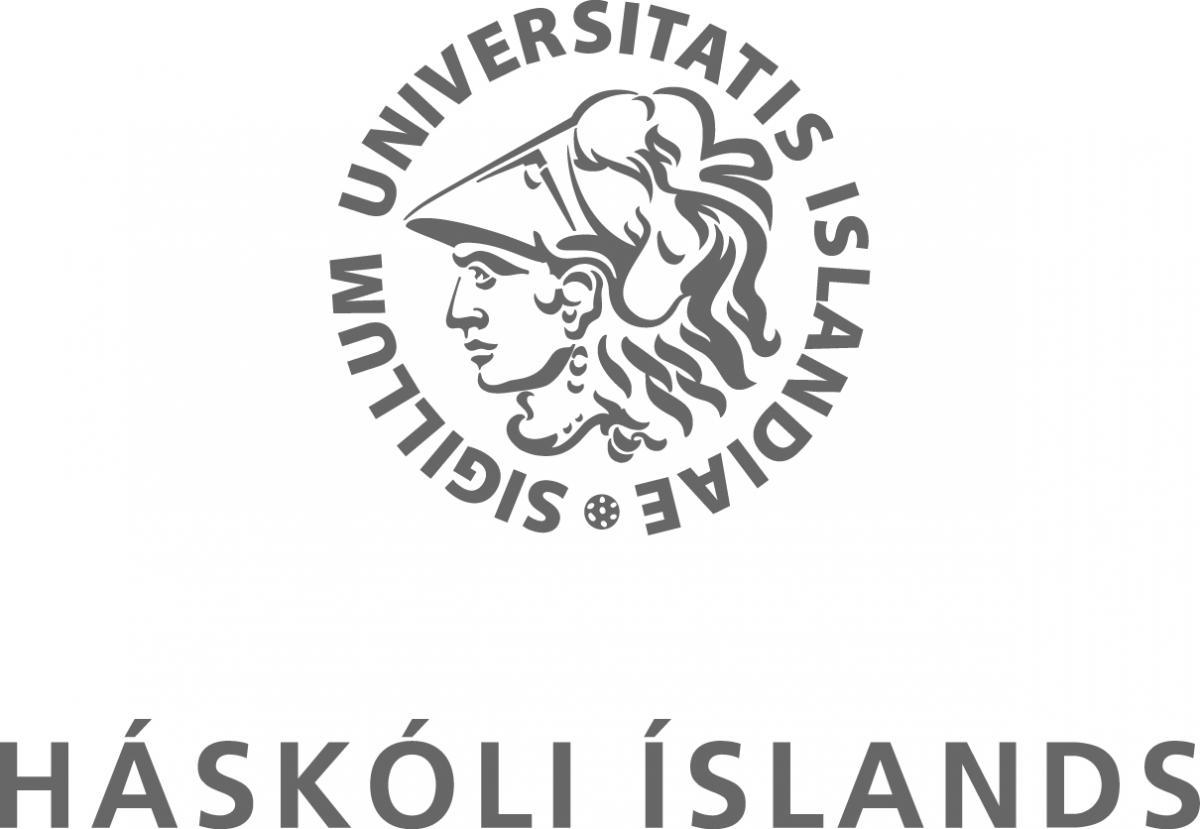
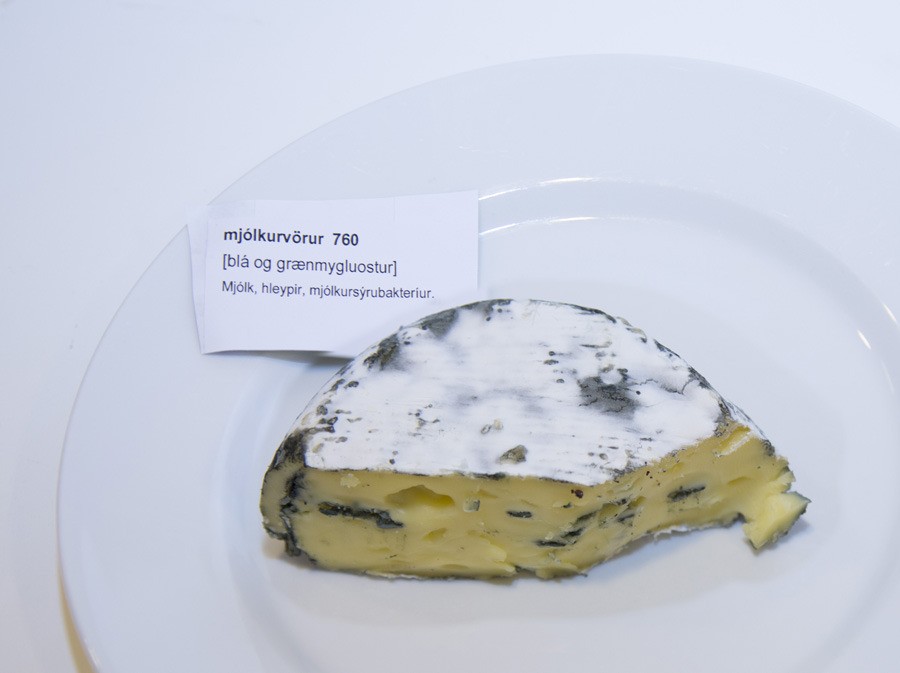
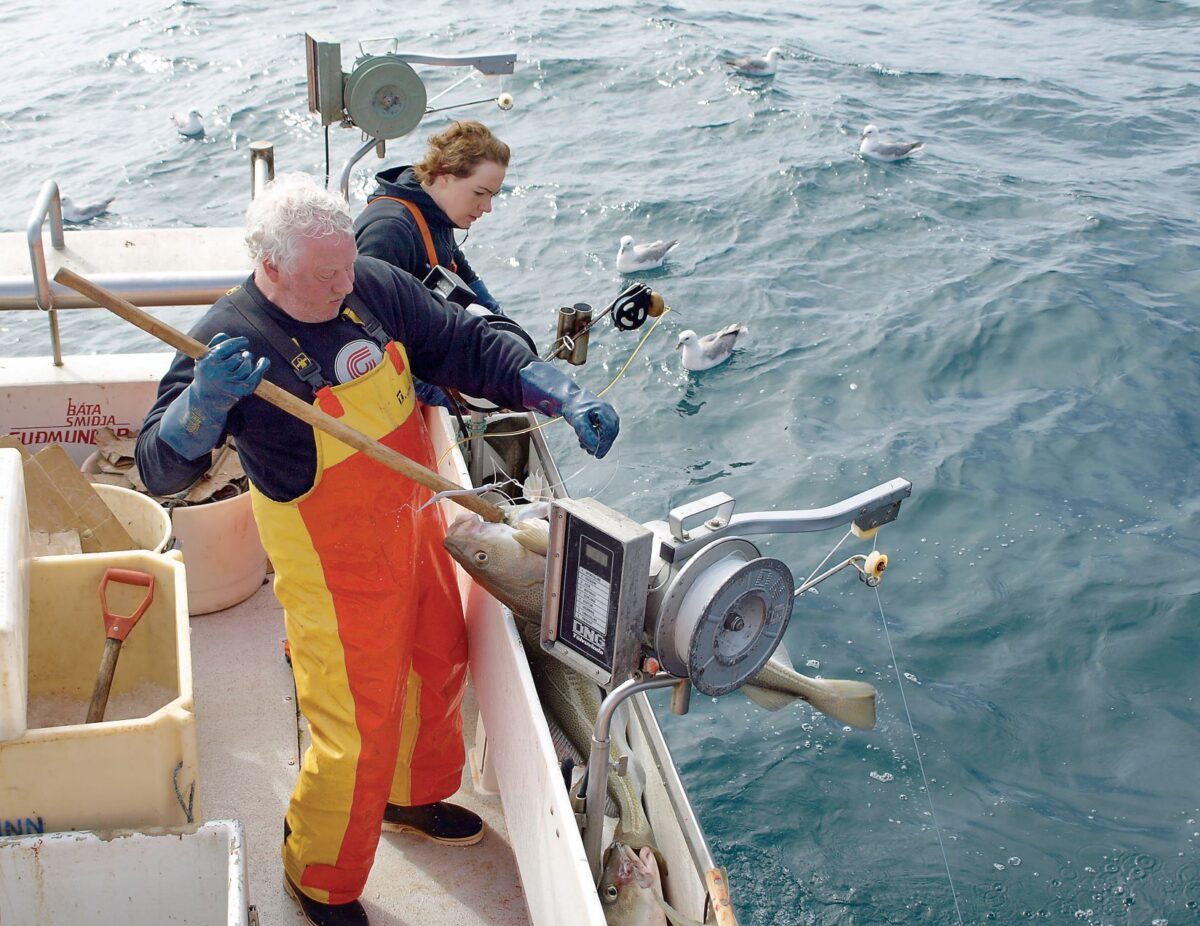



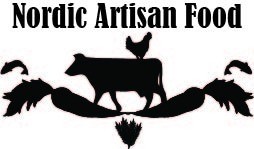
 Food crafts | Artisan Food Food crafts | Artisan Food.
Food crafts | Artisan Food Food crafts | Artisan Food. Food crafts | Artisan Food Food crafts | Artisan Food.
Food crafts | Artisan Food Food crafts | Artisan Food. Food crafts | Artisan Food Food crafts | Artisan Food.
Food crafts | Artisan Food Food crafts | Artisan Food. Food crafts | Artisan Food Food crafts | Artisan Food.
Food crafts | Artisan Food Food crafts | Artisan Food. Food crafts | Artisan Food Food crafts | Artisan Food.
Food crafts | Artisan Food Food crafts | Artisan Food. Food crafts | Artisan Food Food crafts | Artisan Food.
Food crafts | Artisan Food Food crafts | Artisan Food. Food crafts | Artisan Food Food crafts | Artisan Food.
Food crafts | Artisan Food Food crafts | Artisan Food. Food crafts | Artisan Food Food crafts | Artisan Food.
Food crafts | Artisan Food Food crafts | Artisan Food. Food crafts | Artisan Food Food crafts | Artisan Food.
Food crafts | Artisan Food Food crafts | Artisan Food. Food crafts | Artisan Food Food crafts | Artisan Food.
Food crafts | Artisan Food Food crafts | Artisan Food.